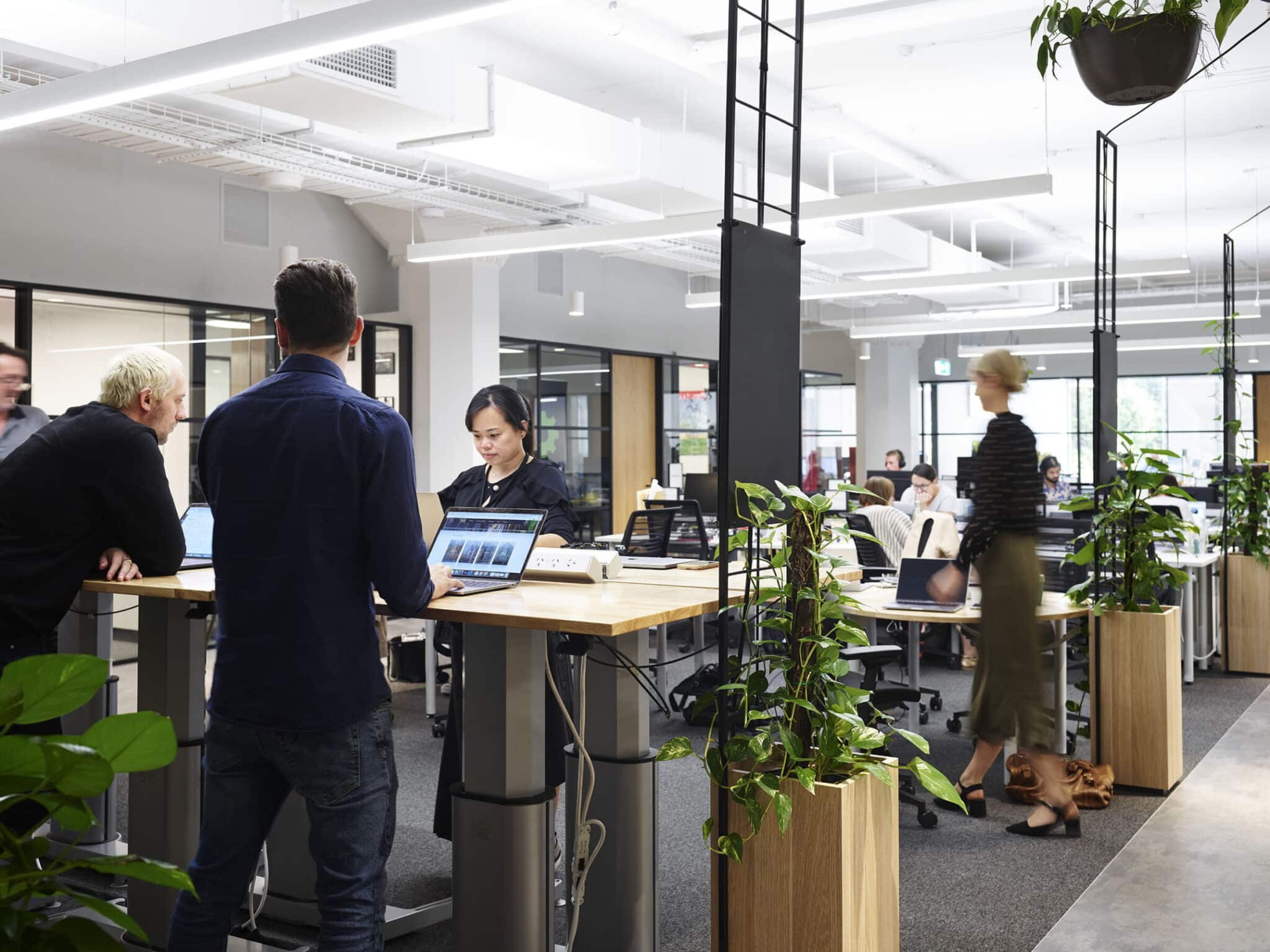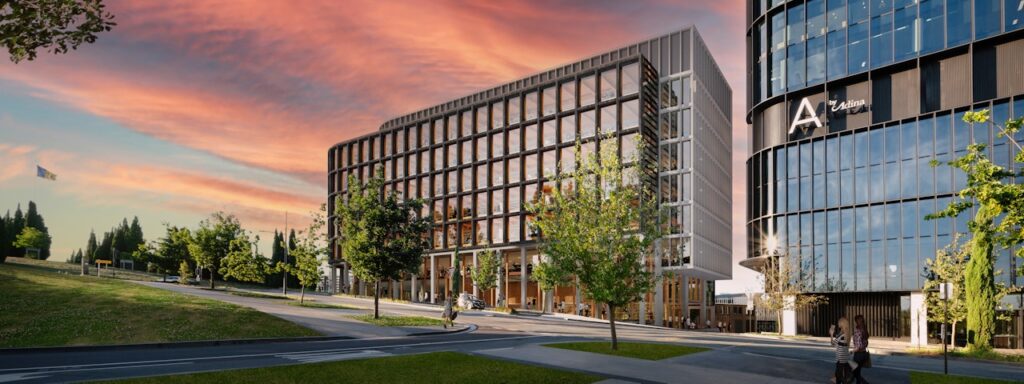After experiencing major workplace disruptions throughout 2020 and 2021, 2022 will present new challenges, opportunities, and things to think about when it comes to how we work.
Here are the top five workplace trends I think we’ll see in 2022.
1. The role of the office changes
The office is back—but for good reason—it will be different. If we snap back to how we worked pre-pandemic, it will have been a huge waste of a good crisis. Flexibility and the autonomy it provides your team is set to realise value for the trifecta of your people, your company, and the community.
The office’s role in work is set for a permanent change, and focus will be on culture, learning, and collaboration, with a solid dose of social connection to build community and fulfil the need for people to be a part of something bigger. The great workspaces will make the commute worth it. The hospitality experience and surrounding amenity you get by ‘going to work’ will be more akin to your favourite hotel than the office of old.
My tip: If you don’t have a good answer to the question of ‘what’s your flexible work policy?’ in job interviews and upcoming salary reviews, watch your best talent go to a company that does, or get used to the B-team.
2. Big business experiments
Big businesses will throw things at the wall and see what sticks, until their lease terms come to an end. Very few businesses, or their people, will want to make the binary choice of working completely from home or completely from the office.
My tip: The head office on traditional lease terms won’t go away, but it will be complemented by an increasingly large proportion of CBD-based flex workspaces and suburban enterprise-grade shared workspaces.
3. Small business works locally
‘Work near home’ will become the default for small businesses. Convenience and authenticity will be one of the ways that small businesses can win the war for talent over their larger competitors. At the same time, a rapid increase in the number of flex workspaces in the suburbs will bring huge increases in the quality of those offerings, meaning small businesses won’t need to compromise on their level of workspace.
My tip: CBD-fringe and suburban activity centres (e.g. retail) become the first choice for small businesses.
4. Landlords adapt to their new reality
The expectation of landlords to provide flexible terms, customised fitouts, and ever-increasing levels of amenity and service lead to rapid innovation of new partnerships and digital apps. Just as the CBD is undergoing a huge transformation, many office buildings will no longer tick all the boxes they need to in the post-pandemic workplace. As a result, they will require huge refurbishment or repurposing into residential, retail, or entertainment.
My tip: Landlords and CRE firms continue to invest in or partner with flex workspaces and other hospitality operators.
5. Technology continues its march
We ended up pleasantly surprised that tech had got good enough that most knowledge worker tasks could be done remotely. In some senses, the ‘metaverse’ is already here for the worker, and we are working with the basic tools already available in the early stages of the digital office. As often happens though, the tech is set to advance far quicker than humans and organisations can catch up.
My tip: If your team is now working even 20% more of their time remotely or over video conference and you’re not (re)training your managers how to manage differently…you know what my tip is!






